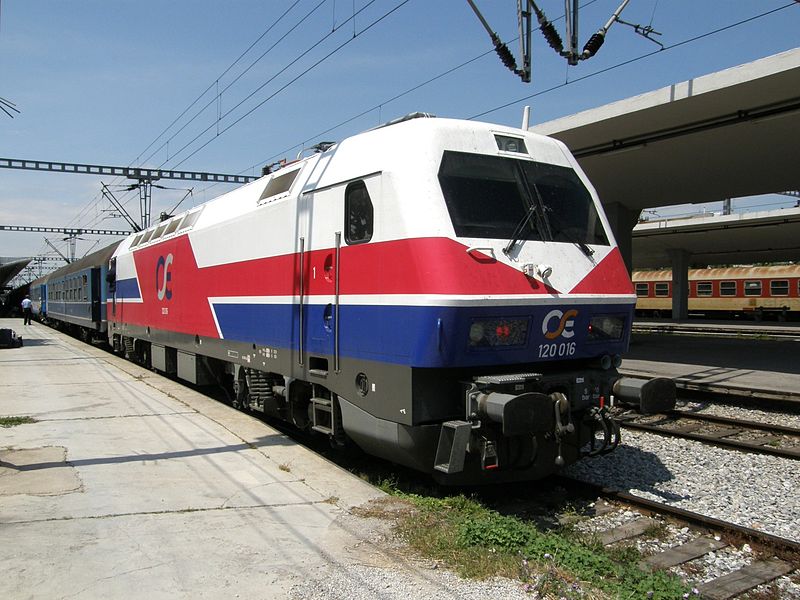Germany powers railway with renewables; could Amtrak do better?


Germany’s national railway company will soon be powering one-third of its long-haul train fleet with renewable energy, evoking the question, how does the United States’ transit infrastructure stack up, and could it do better?
Deutsche Bahn today signed a long-term agreement to purchase hydroelectric power from Germany energy supplier RWE. Under that agreement, RWE will supply 900 million kilowatt hours of clean energy annual over the next 15 years.
That’s enough to provide electricity to over 250,000 German households, according to RWE. I’m wondering how much energy Amtrak could obtain from renewable sources located along its corridors throughout the country.
The Northeast corridor hugs the coastline from New York to Boston and passes over waterways on the way down to DC. Travel tip: If you take the Acela going north, sit on the right side of the train.
It’s clear to any rider that there’s ample opportunity for wind and tidal power projects to become involved in powering the railway in the future. AMTRAK has the right real estate for it to happen, and its geographic ubiquity makes it possible for more than one solution to be included in the mix.
California Amtrak has already equipped some of its fleet with solar panels, and uses cars equipped with regenerative braking systems (AMTRAK’s upgrading its Keystone and Northeastern fleets with similar cars by 2013). It recently received funding for that modernization.
Other infinitives have been trains running on 20 percent biodiesel fuel mixtures on AMTRAK’s Heartland Flyer route, and rail yards were outfitted with solar panels and wind turbines in Chicago and Pennsylvania. I'll be contacting AMTRAK to learn more about its future energy plans during its business hours tomorrow.
An AMTRAK spokesperson said, "Though the article notes the potential land based alternative energy opportunities on the Corridor, Amtrak owns a very narrow section of property along the right-of-way and would need to purchase and/or lease enough space for any large solar or wind power installation."
It would be terrific to see entrepreneurs working with AMTRAK to propose plans for retrofitting its numerous bridges with wind turbines or building dedicated offshore power projects. The notion of investing more into public transit swims against the tide of austerity in Washington, but would very likely pay for itself over the long run. Sometimes its nice to think that the U.S. can still do big things.
This post was originally published on Smartplanet.com